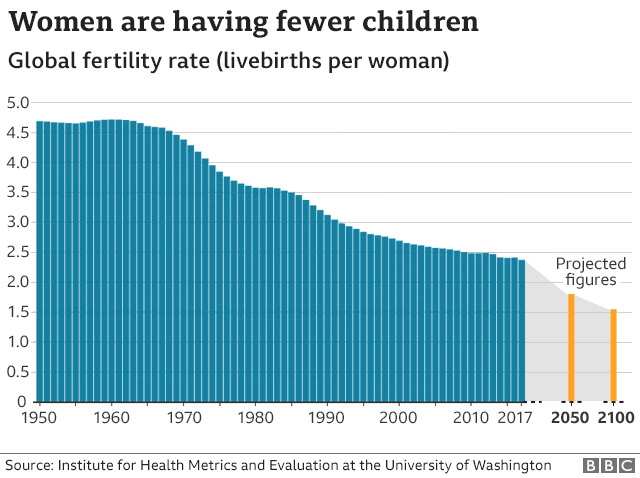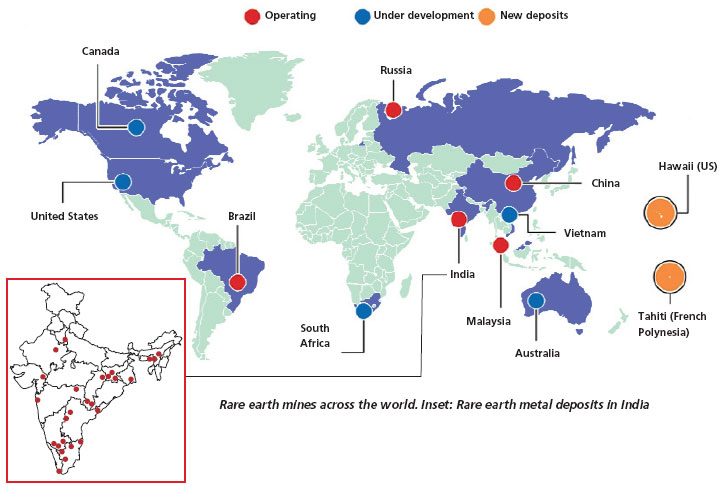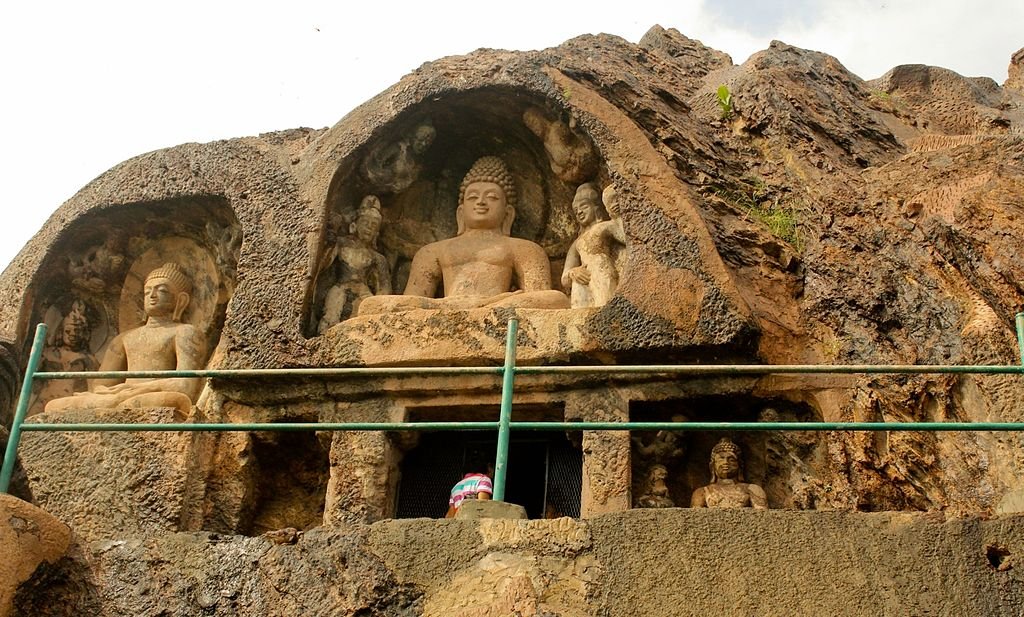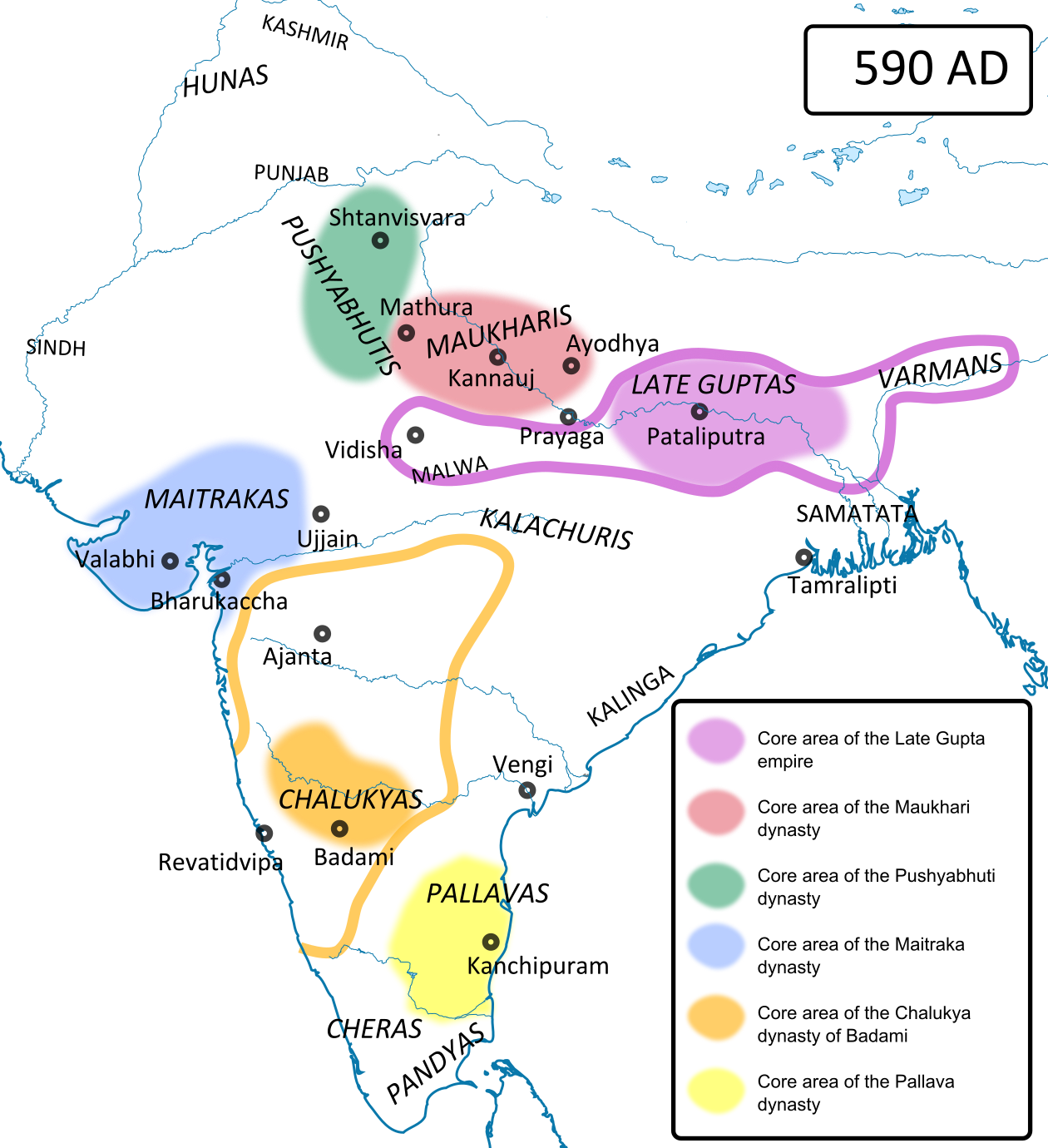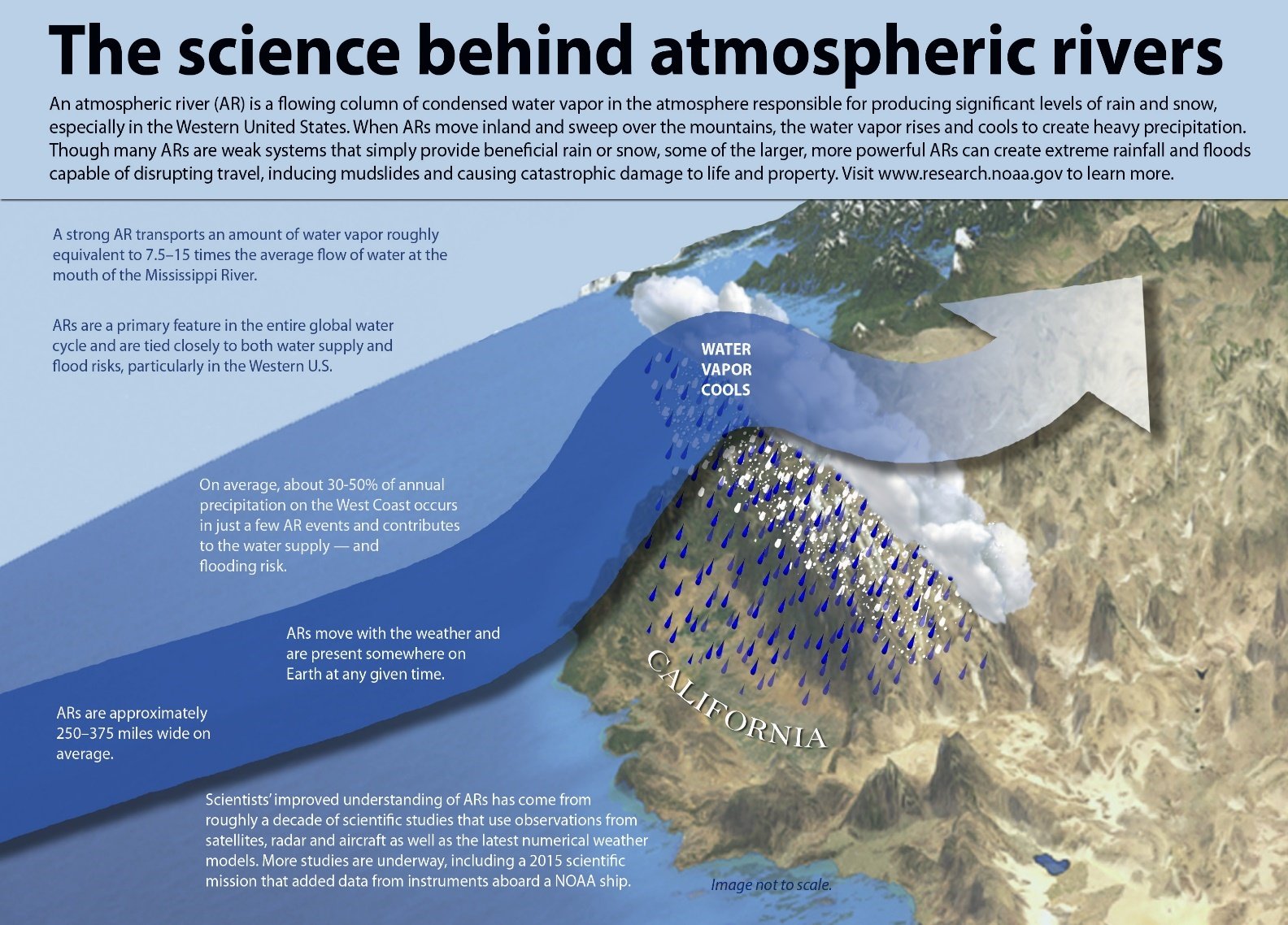
Interlinking of Rivers in India: Significance and Challenges
Subscribers of "Current Affairs" course can Download Daily Current Affairs in PDF/DOC
Subscribe to Never Miss an Important Update! Assured Discounts on New Products!
Must Join PMF IAS Telegram Channel & PMF IAS History Telegram Channel
- Context (PIB): Minister of Jal Shakti chaired 21st Meeting of Special Committee for Interlinking of Rivers.
- It is an initiative to transfer water from water-surplus regions to water deficient & rain-fed areas through inter-basin transfers, to ensure greater equity in the distribution of water.
- ILRs are identified by the National Water Development Agency (NWDA), under the National Perspective Plan (NPP).
- Nodal Ministry: Ministry of Jal Shakti.
- Components under NPP: It includes two components, which comprises 30 links;
- 14 links under the Himalayan Rivers Component and
- 16 links under the Peninsular Rivers Component.
- Objective: To connect more than 60 rivers across India through a network of storage dams to form a gigantic South Asian Water Grid.
National Perspective Plan
|

Significance of Interlinking of Rivers
- Redistributing water flow: Flood control in the Ganga-Brahmaputra-Meghna basin and drought control in the western and peninsular states such as Rajasthan, Gujarat, AP, Karnataka and TN
- Improved irrigation facilities in the water-scarce western and peninsular region, thereby increasing agriculture productivity, leading to enhanced food security and doubling of farmers’ income.
- Hydropower potential: It would add approx. 34,000 MW of hydropower to the energy pool of the nation addressing the electricity woes of industrial, agricultural, and rural households.
- Commercial benefits: Creation of logistics infrastructure, enable freight movement through environmentally friendly inland waterways.
- Sustainable development: It would help address the critical groundwater situation in the country by utilizing surface water and preventing flow of freshwater into the sea.
- Other benefits: Reduced burden on women to fetch water from long distances, employment opportunities in rural areas, multiply benefits through backward and forward linkages, etc.
Challenges with Interlinking of Rivers
- Environmental challenges: It may result in evaporation losses, water logging & salinity, and land submergence. For eg: Ken Betwa link may imperil areas of Panna National Park.
- ‘Developmental Displacement’
- Lack of Transparency and Information: Conclusive feasibility studies of the project have not been conducted in detail, nor have its economic, social and ecological implications been assessed.
- Impact of Climate change: Changing rainfall pattern with changing climate makes the implementation and achievement of intended benefits of ILR projects uncertain.
- Federal aspects: Water being a state subject, it is difficult to resolve issues of water sharing between states. For eg, Kerala and Tamil Nadu.
- Challenges in coordination with neighbouring countries like Bhutan, Nepal and Bangladesh.
- Unexplored alternatives such as watershed development, rainwater harvesting, optimising existing infrastructure and cropping methods could well address the water woes of the country.
Way Forward
- Scientific and technical assessment of the project to make it techno-economically feasible.
- Rehabilitation & relief package to resolve ‘developmental displacement’ issue.
- Including local communities, farmers, environmentalists, and state governments in the planning and implementation of the project.
- Assessing the ecological impact of interlinking rivers and ensure that sensitive ecosystems, biodiversity, and wildlife habitats are protected.
- Phased implementation based on feasibility, benefits, & minimal environmental-social impacts.
National Interlinking of Rivers Authority
|




![PMF IAS Environment for UPSC 2022-23 [paperback] PMF IAS [Nov 30, 2021]…](https://pmfias.b-cdn.net/wp-content/uploads/2024/04/pmfiasenvironmentforupsc2022-23paperbackpmfiasnov302021.jpg)

